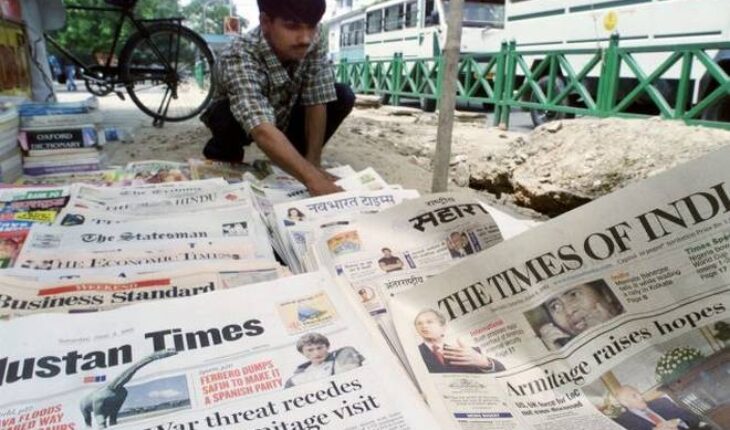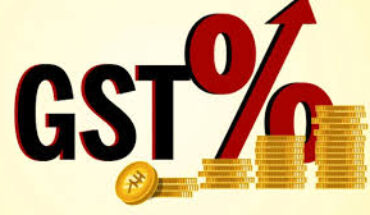The Indian media and entertainment sector, which witnessed USD 22.7 billion in 2017 in terms of revenue, and are expected to cross USD 31 billion (Rs 2 trillion) by 2020, at a compound annual growth rate (CAGR) of 11.6 per cent, said a study released here on Sunday.
The industry reached Rs 1.5 trillion in 2017, registering a growth of almost 13 per cent, the latest Ficci-EY report has pointed out.
Pegging the industry at Rs 1.66 trillion this year, the report hinted that the higher 2017 growth was led by digital, films, gaming and events.
“Digital subscription made a strong impact in 2017, with a growth of 50 per cent. As per our estimate, there are around 2 million paid digital subscribers across application providers, and between 1 and 1.5 million customers who have moved entirely to digital media consumption.
“By 2020, we expect 4 million digital-only consumers who, along with millions of other tactical and mass customers will generate subscription revenue of Rs 2,000 crore,” the report said and attributed higher traction to availability of niche and global content, increased OTT-only content, sports and falling data charges.
The report pointed out that the digital infrastructure and payments are expected to grow the online gaming industry over two times from Rs 3,000 crore in 2017 to Rs 6,800 by 2020.
“Growth will be driven by real money and social gaming on mobilephones. This estimate assumes status quo on the current set of permissions and regulatory environment,” it said.
The animation, post-production and VFX segments are expected to grow at a CAGR of 20 per cent till 2020 reaching Rs 11,400 crore, led by domestic films, TV and digital segments, as well as outsourcing by international studios, and more sequel-based action and animation films.
From traditional media side, TV continues to lead growing from Rs 59,400 crore to Rs 66,000 crore in 2017, up 11.2 per cent. TV advertising grew to Rs 26,700 crore or 40 per cent of the total revenue, while distribution grew to Rs 39,300 crore, contributing 600 per cent of total revenue.
At a broadcaster level, however, subscription revenue (including international subscription) made up around 28 per cent of revenue.
The report estimates that while advertising is 41 per cent of industry revenue today and 72 per cent of broadcaster revenue, it would grow to 43 per cent of total revenues by 2020 and 75 per cent of broadcaster revenue.
Still there are over 30 per cent households which are yet to get television screens, while the households with TV sets touched 183 million in 2017, up 3.5 per cent over 2016.
The print media accounted for the second largest share of the ad pie, growing at 3 per cent to reach Rs 30,300 crore in 2017 and is estimated to clip at an overall CAGR of around 7 per cent till 2020 with vernacular at 8-9 per cent and English slightly slower.
“This growth is expected despite FDI limit remaining unchanged at 26 per cent, and 5 per cent GST on advertising revenue of the print industry for the first time,” it highlighted.
The print industry saw some degrowth in English language advertising and moderate growth in the Hindi and regional language segments. “But this was compensated by growth in subscription revenue as print increased its reader base and, in some cases, cover prices. This year promises to be better, with growth expected at around 10 per cent, given that there are five state elections, as well as the run up to the general elections next year” it said.
While magazines contributed 4.3 per cent of the total print segment, the segment has been largely flat with not many significant new launches in 2017.
The radio segment grew around 6.5 per cent in 2017, on the back of the lingering effect of demonetisation and GST.
For the digital media, mobile is paving the way to success for video on demand services, as around 40 per cent of total mobile traffic came from video consumption in 2015 and it expects this to touch 72 per cent by 2020, the report said.






